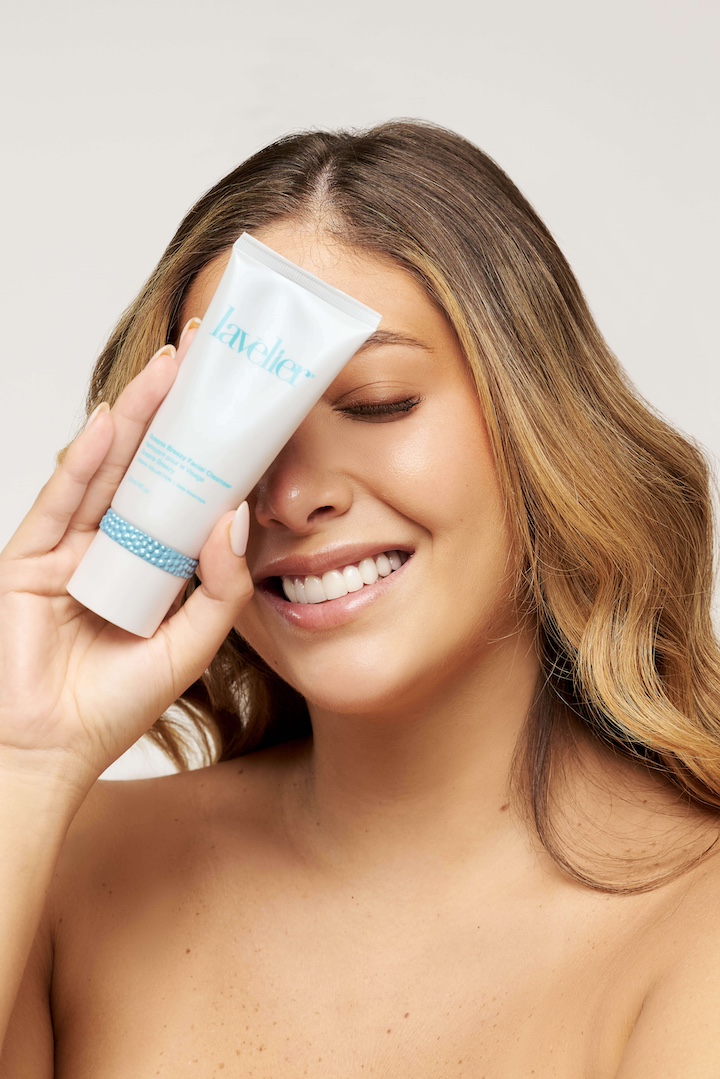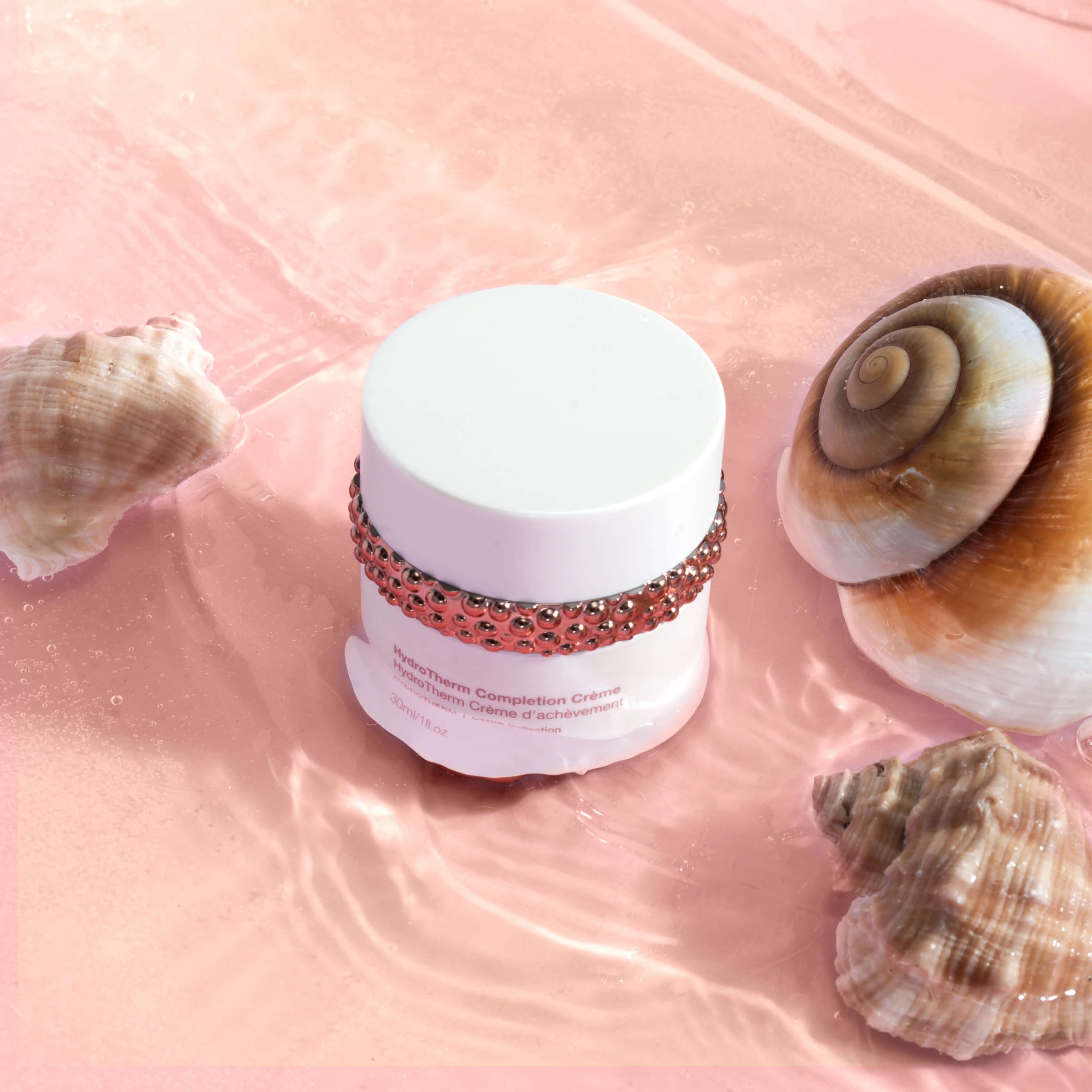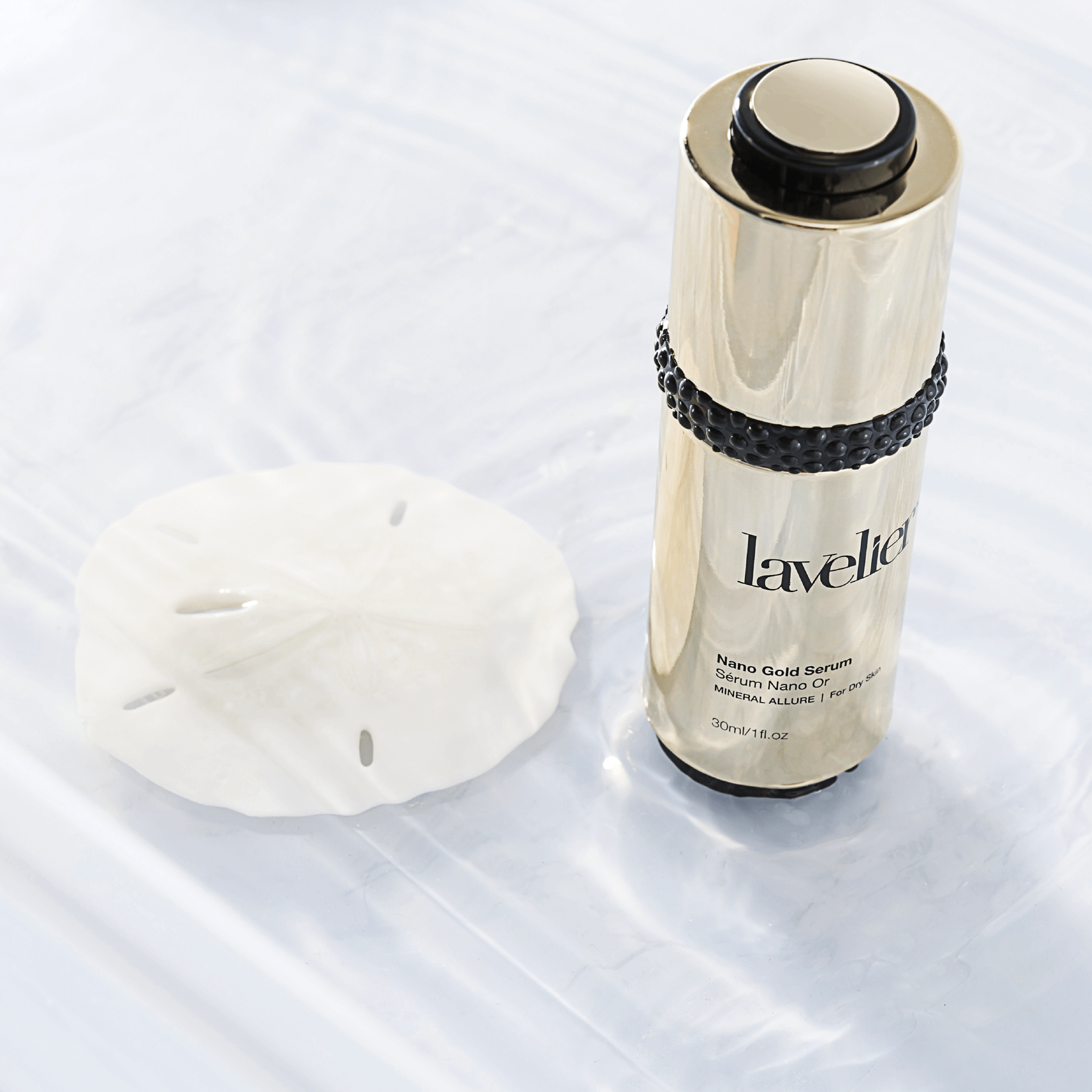With billions of social media views to its name, the #skincycling hashtag has really taken the skincare world by storm recently. It’s a popular trend that, unlike many others, is actually supported by dermatologists due to the various benefits it offers.
If you’ve been seeing the term floating around your social media feeds and have been wondering what it’s all about, join Lavelier as we explain exactly what skin cycling is and why it’s a trend well worth trying.
What is Skin Cycling?
The term ‘skin cycling’ was first coined by a dermatologist back in 2021. It involves following a four-night cycling schedule with your skincare routine, rather than applying the same products to your skin each and every night.
While there are now a few variations on the classic skin cycle, this is the cycle that most people start with:
- Night 1: Exfoliation, usually with an acid-based exfoliant
- Night 2: Incorporating a retinoid, or another powerful active
- Nights 3 and 4: A focus on products that hydrate, soothe, and restore the skin
The Benefits of Skin Cycling
If you’re new to skincare, skin cycling may sound a little complex. However, there are a few distinct benefits that come from following a skin cycling routine:
Minimized Irritation and Sensitivities
People often unintentionally irritate their skin by overusing powerful products. Be it exfoliating too frequently or overdoing it with the active ingredients you’ve come to rely on, it doesn’t take long for the skin barrier to protest in the form of sensitivities. Skin cycling spaces out those stimulating processes, such as exfoliation and using a retinoid, which greatly reduces the chances of irritating your skin.
Active Ingredients Work More Efficiently
While skin sensitivities can be uncomfortable, they can also interfere with how various active ingredients work. Overwhelming your skin barrier to the point where your skin feels irritated will leave your skin less receptive to any active ingredients that you apply. With skin cycling, you’ll be giving your skin time to recover in between applications of your chosen active. This then allows those actives to work more effectively.
Skin Barrier Feels Healthier
Taking things slowly when using active ingredients can really help to keep your skin barrier feeling strong and healthy. Irritation, sensitivities, and inflammation, all of which are minimized with skin cycling, are signs that your barrier is struggling. A healthier skin barrier means that not only will your skin cells function optimally, but your skin will also be able to keep itself better hydrated.
Makes Skincare Consistency Easier
At first, it can seem like skin cycling makes skincare more complicated. However, once you get into the swing of that cycle, you’ll find that it actually makes it much easier to be consistent with your skincare routine. It shortens your routine, which speeds things up and makes skincare more convenient, even at the end of a long and busy day.
Putting Together a Skin Cycling Routine

Want to give skin cycling a try?
The very first step of your skin cycling routine, no matter which night of your cycle you may be on, is to cleanse your skin. To enhance the barrier-boosting benefits of skin cycling, turn to a gentle cleanser for this step. A formula like the Lavelier Oceana Breezy Facial Cleanser would be perfect. This sulfate-free formula uses coconut-derived compounds as its surfactants, which gives the cleanser a moisturizing effect. It’s also packed with hydrating ingredients, along with a few ingredients that keep the skin feeling calm and balanced.
Once you’ve cleansed your skin, your routine will then vary depending on where you are in your skin cycle schedule:
Night One: Exfoliation

Why does the skin cycling schedule start with exfoliation? Because this is the best way to clear out any gunk from your pores so that the active ingredients that you apply on night two are able to work more efficiently. Of course, exfoliation comes with a number of other benefits too. It brightens the look of the skin, smooths away the appearance of wrinkles, reduces the feeling of inflammation, and gives the skin’s texture a silkier finish.
As we mentioned earlier, chemical exfoliants are usually used when skin cycling. However, if you’d like to also experience the benefits offered by a physical exfoliant, find an exfoliator that combines the two, such as the Lavelier Oceana Refining Coral Peel. Mandelic acid provides the chemical power, while bamboo and walnut shell powders help to physically polish the skin.
Once you’re done exfoliating, keep the rest of your skincare routine relatively simple. A rich moisturizer, like Lavelier’s Oceana Restorative Night Moisturizer, is all you’ll really need.
Night Two: Retinoids

While there are plenty of different active ingredients out there, skin cycling tends to encourage the use of retinoids. Why? Because this group of ingredients, which are all forms of vitamin A, is known for being the most effective when it comes to dealing with various visible skin concerns. Retinoids can help with the appearance of everything from wrinkles to dark spots to acne, making it an ingredient that just about everyone would benefit from.
The key is to find a retinoid that works well for your skin type. Retinol is one of the most popular retinoids, mainly because it’s also one of the most potent. You’ll find it in the Lavelier HydroTherm Completion Creme, where it’s joined by a number of other powerful antioxidants. Even if your skin usually struggles to tolerate retinol, applying it as part of this skin cycle, meaning every four nights instead of every night, will encourage your skin to slowly become accustomed to the ingredient.
With that said, if retinol is too powerful for your skin, consider one of the gentler retinoids instead. Retinyl palmitate, for instance, is just as effective in the long run but isn’t quite as potent in the short run, making it generally more tolerable. Combining it with other vitamins, as we’ve done with the Lavelier Oceana VitaGlow C Serum, will help to enhance its visible effects.
Nights Three and Four: Hydrate and Soothe

With nights one and two of this skin cycle involving processes that stimulate the skin, nights three and four balance this out by focusing on hydrating, soothing, and replenishing the complexion. This gives your skin a chance to recuperate from all of the action that your skin cells have seen over the previous two nights.
So, what does this actually mean in terms of the products that you should be using?
After cleansing your skin, apply a gentle, hydrating serum, such as the Lavelier Nano Gold Serum. Not only does it hydrate the skin, but it also keeps the skin feeling calm with a combination of aloe vera, chamomile, and green tea extracts. It contains peptides as well, which are great for giving the skin barrier a replenished sensation.
Then, lock those beneficial ingredients in with a hydrating moisturizer. The night cream that we featured above would be a great choice, as would the Lavelier Moisture Allure Cream.
Skin Cycling Variations
Of course, everyone’s skin is unique. While the four-day cycle detailed above works well for a lot of people, you may find that one of these variations suits you better:
Adjusting the Length of the Cycle
It’s important to consider the individual needs of your skin when putting together a skin cycling routine. Take oily skin types, for example. Exfoliating once every four days may not be enough to prevent the appearance of clogged pores and acne. In this case, you may want to shorten your skin cycle down to just three nights, with only one recovery night. This way, you’ll be exfoliating once every three nights.
Meanwhile, those with sensitive skin may find that two recovery nights aren’t enough. You may find it beneficial to extend your skin cycle so that you’re only exfoliating and using powerful actives once every five, or even seven, days.
Adjusting Your Use of Retinoids
We’ve already discussed how important it is to pick a suitable retinoid for your skin for the second night of your cycle. However, even if you go with the gentlest retinoid available, sensitive skin may still struggle to tolerate the ingredient.
If this is the case for you, consider using an alternative active ingredient on night two instead. Bakuchiol, for example, produces similar visible results and is generally better tolerated. Niacinamide and vitamin C are both also great options.
Targeting Specific Visible Skin Concerns
While retinoids are very multi-purpose ingredients, vitamin A alone may not be enough to tackle the visible skin concerns that you’re dealing with. This is when it becomes really important to tailor your skin cycling routine so that you’re able to meet your skin’s unique needs.
If you’re dealing with the appearance of hyperpigmentation, you may want to combine retinoids with other complexion-lightening actives, such as vitamin C, licorice root extract, and glycolic acid. On the other hand, if you’re struggling with the appearance of acne, you may want to incorporate an ingredient like salicylic acid into a couple of your skin cycle nights, in addition to shortening your cycle so that you’re exfoliating more often.
Is Skin Cycling Worth Trying?
While many skincare trends should be avoided at all costs, skin cycling is definitely not one of them! Instead, it’s a great way to give your skin all that it needs to thrive, while also ensuring that you don’t overload your skin barrier. The key to success is to make your skin cycle yours. Rather than blindly copying a cycle recommended by your favorite influencer, follow the tips that we’ve shared above when it comes to adapting your cycle to your skin’s needs. Don’t be afraid to experiment, but remember to always take things slowly when introducing new products or techniques to your skin.
Click here to elevate your skin cycling routine with more bestselling products from Lavelier.




0 comments on “Skin Cycling: What It Is and Why Everyone’s Trying It ”